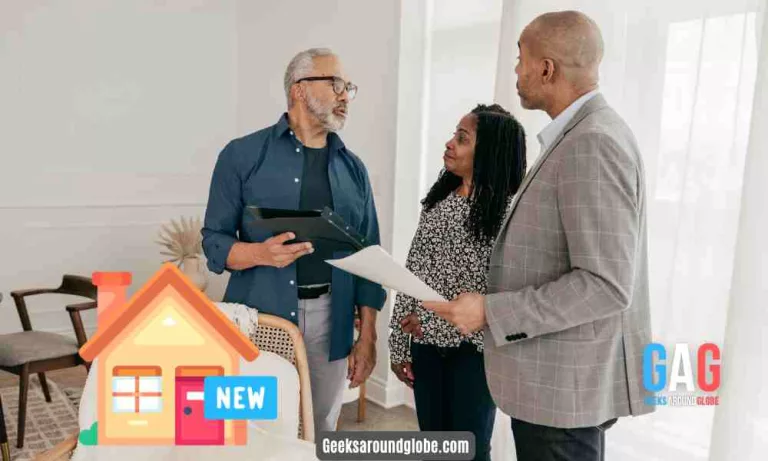Credit: Shvets Production via Pexels
Throughout the COVID-19 pandemic, people adjusted to new and confining conditions. While people doing remote work relied on Zoom meetings, the real estate sector similarly adopted remote technology for priorly in-person tasks like home tours.
While virtual tours have existed in the space for a while, these remote options for touring homes became not only an option but the go-to for agents and home buyers and sellers alike.
With virtual tours, people can see and “walk through” a property across the street or around the world. These tours can be an incredible tool but are that much more useful when you know exactly what to look for before signing on the dotted line.
Layout
Understanding and seeing how a home is arranged will let you get a real feel for it. When doing a virtual tour, consider how open the space is and how the rooms are laid out to get a feel for if the space is livable and cohesive to your unique needs.
If you are looking for a space where you can host often and easily, a virtual tour will be able to show you if a home is open-concept or more closed-off. Conversely, if you are a young family, the layout and proximity of bedrooms is something you may want to place close attention to in the tour.
Square Footage
Sometimes an investment property boils down to numbers, and a home’s square footage is a crucial real estate metric. A three-bedroom home that’s 1,300 square feet can be comfortable. Investors can then extrapolate from there; a three-bedroom home with 1,600 square feet is even more comfortable!
Virtual tours complement vital data like square footage. For one, real estate leader Regan McGee, whose consumer-centric digital real estate platform Nobul simplifies transactions for buyers and sellers, has expressed high hopes for virtual tours.
As McGee said in an interview, “since the start of the pandemic, there has been a huge rise in sight-unseen real estate sales, signaling a huge shift in how people buy and sell property. I’m especially excited about how VR can bring in the visual tour aspect to pre-construction sales.”
Nobul has already helped homebuyers in Canada, and the US save millions, even in the years before the pandemic. Digital tools that let investors visualize what the data merely suggests are here to stay after being newly adopted, and they’re only going to improve.
Surrounding Area
The famous real estate axiom “location, location, location!” speaks to a home’s most important quality for residents and investors. If a home needs some work or a fresh coat of paint, it may still be a wondrous purchase if it’s near a high-demand location.
Digital tools allow investors to scope out the area where a home is located, not just the property itself. Many people looking to be less car-dependent want to live within a fifteen-minute walk of the things they need. Investors can draw a line from the property to where a pedestrian would arrive after fifteen minutes of walking, then trace a circle.
Sitting comfortably at home, they can view the space within this circle to see what a resident would see walking through their neighbourhood.
Investors need to make a complicated and important decision that involves more than the above considerations. But digital tools like virtual tours have already changed the real estate investment game for good, and there’s no going back.







